Citation:
Abstract:
Concepts and definitions of species have been debated by generations of biologists and remain controversial. Microbes pose a particular challenge because of their genetic diversity, asexual reproduction, and often promiscuous horizontal gene transfer (HGT). However, microbes also present an opportunity to study and understand speciation because of their rapid evolution, both in nature and in the lab, and small, easily sequenced genomes. Here, we review how microbial population genomics has enabled us to catch speciation ?in the act? and how the results have challenged and enriched our concepts of species, with implications for all domains of life. We describe how recombination (including HGT and introgression) has shaped the genomes of nascent microbial, animal, and plant species and argue for a prominent role of natural selection in initiating and maintaining speciation. We ask how universal is the process of speciation across the tree of life, and what lessons can be drawn from microbes? Comparative genomics showing the extent of HGT in natural populations certainly jeopardizes the relevance of vertical descent (i.e., the species tree) in speciation. Nevertheless, we conclude that species do indeed exist as clusters of genetic and ecological similarity and that speciation is driven primarily by natural selection, regardless of the balance between horizontal and vertical descent.
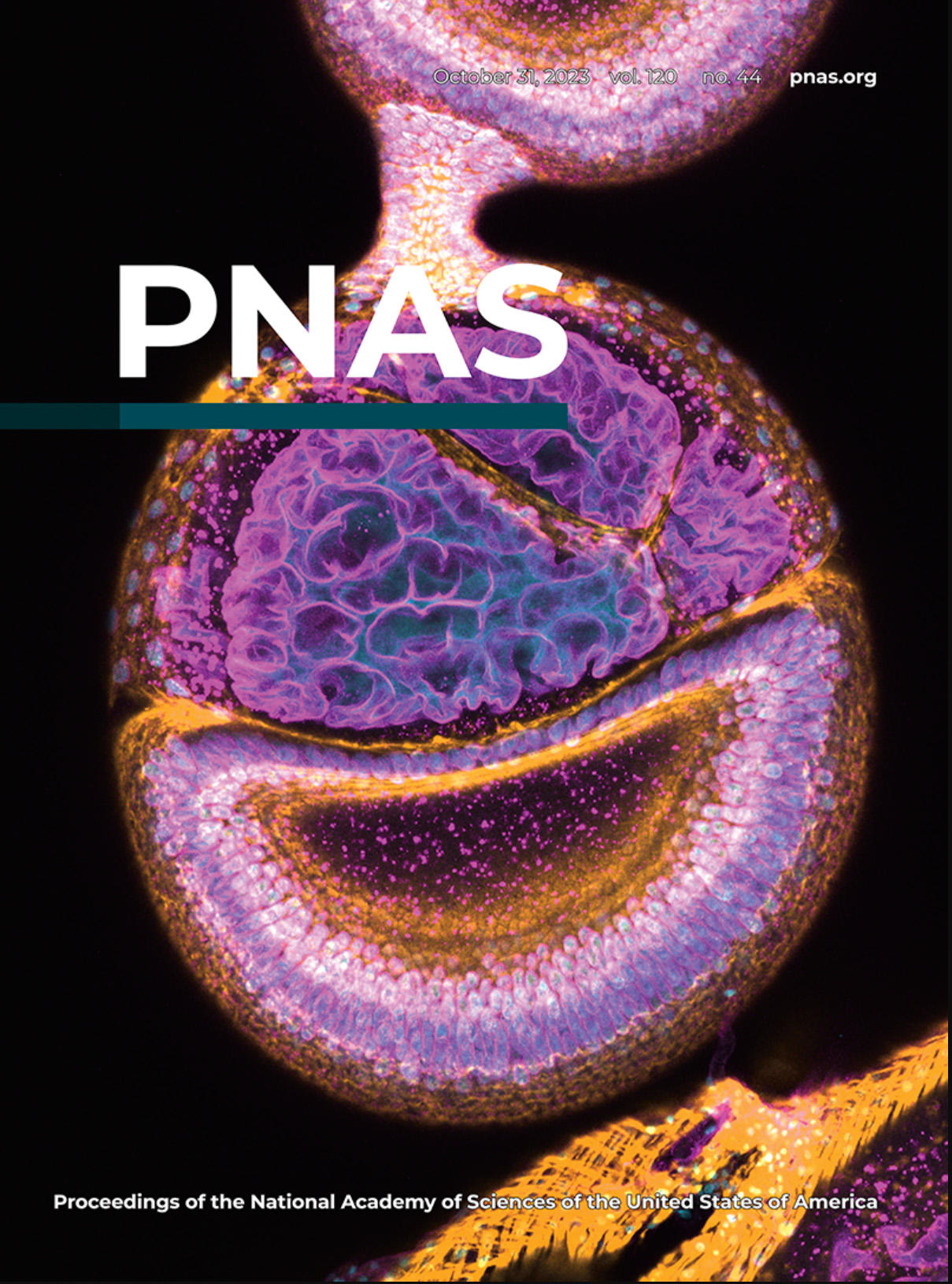
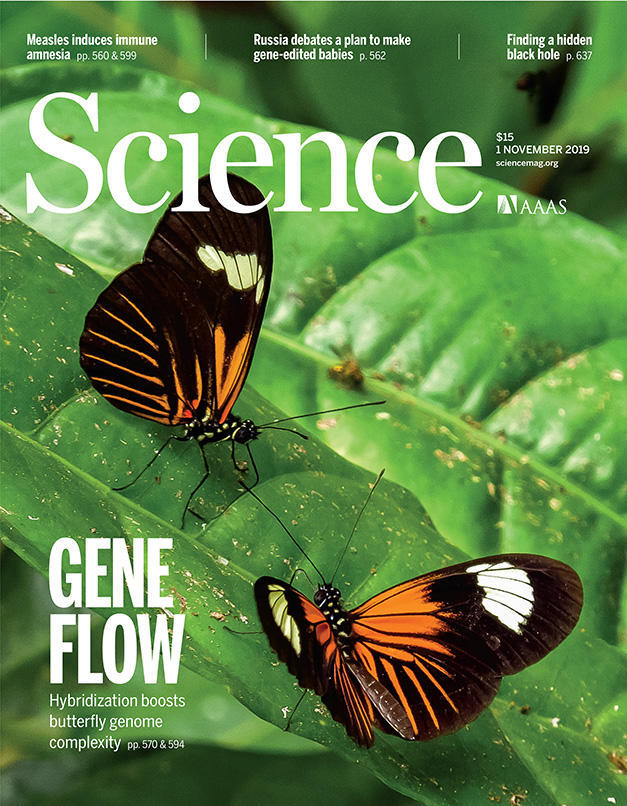
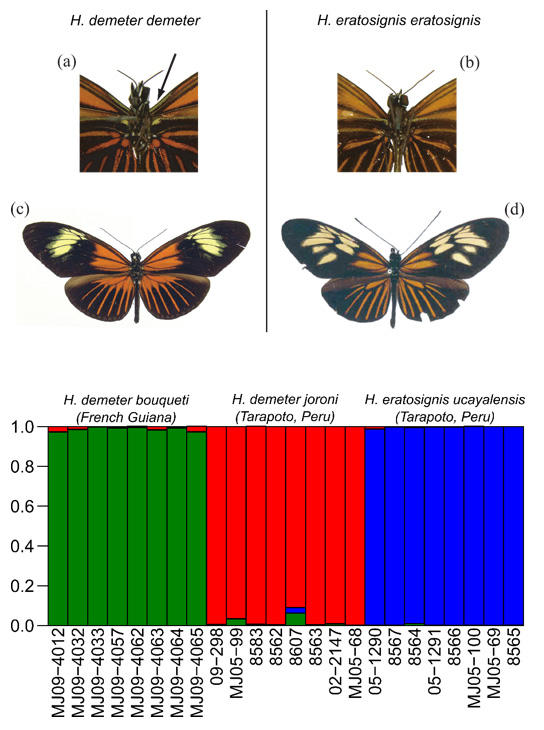

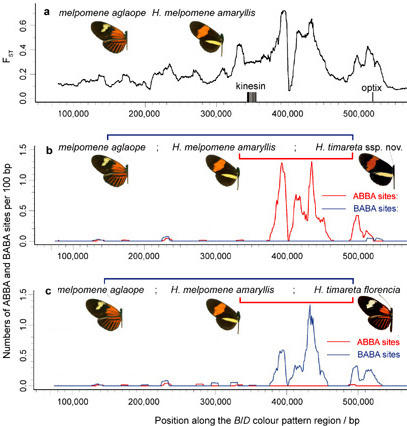
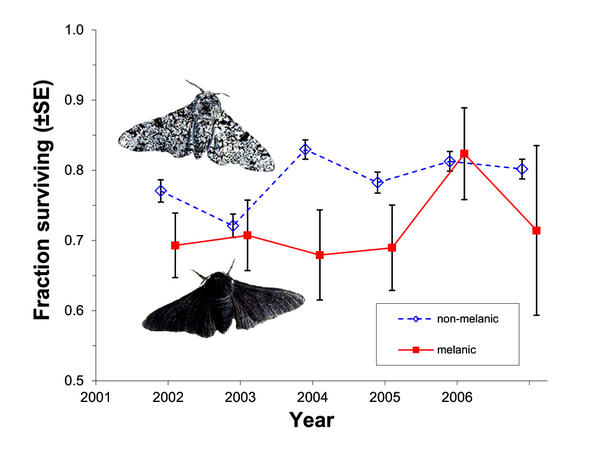 Selection against melanism in UK after the Clean Air Act.
Selection against melanism in UK after the Clean Air Act.